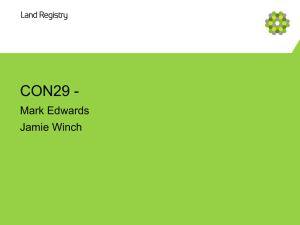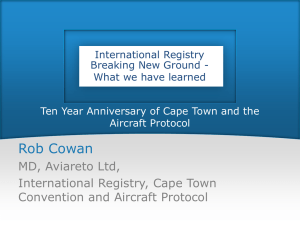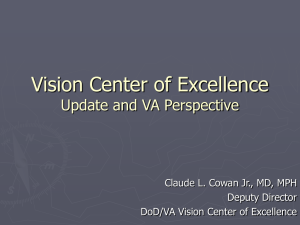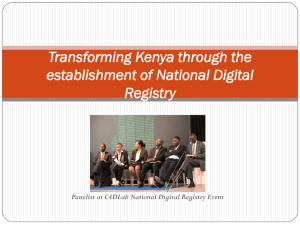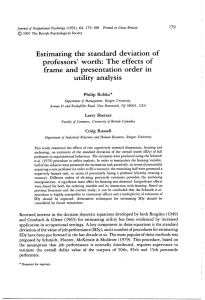SCD in Young Presentation
advertisement
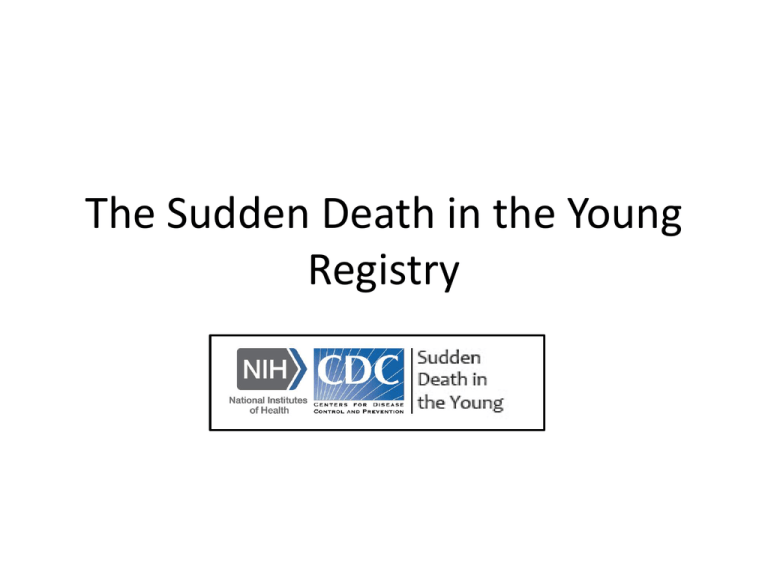
The Sudden Death in the Young Registry Screening for Sudden Cardiac Death in the Young Report from a National Heart, Lung, and Blood Institute Working Group Jonathan R. Kaltman, MD; Paul D. Thompson, MD; John Lantos, MD; Charles I. Berul, MD; Jeffrey Botkin, MD, MPH; Joshua T. Cohen, PhD; Nancy R. Cook, ScD; Domenico Corrado, MD, PhD; Jonathan Drezner, MD; Kevin D. Frick, PhD; Stuart Goldman, MD; Mark Hlatky, MD; Prince J. Kannankeril, MD; Laurel Leslie, MD, MPH; Silvia Priori, MD, PhD; J. Philip Saul, MD; Carrie K. Shapiro-Mendoza, PhD, MPH; David Siscovick, MD, MPH; Victoria L. Vetter, MD; Robin Boineau, MD; Kristin M. Burns, MD; Richard A. Friedman, MD Circulation, 2011; 123: 1911-1918 Recommendations Epidemiology and etiology of Sudden Cardiac Death in the Young (SCDY) Develop an SCDY registry to prospectively estimate the incidence of SCDY Perform case-control studies using registry-defined cases to identify risk factors for SCDY Epidemiology and Etiology of Sudden Cardiac Death in the Young (SCDY) Performance of the screening methodology in the target population Perform pilot ECG screening studies to test the characteristics of the ECG in target populations Perform comparative effectiveness studies to determine the incremental value of various screening methodologies, including history and physical examination, ECG, echocardiogram, and genetic testing Develop a registry to prospectively estimate the incidence of SCDY Management of asymptomatic heart disease identified by ECG screening Develop evidence-based management strategies for asymptomatic patients Evaluate risk stratification, prevention, and therapeutic strategies Use novel study designs and innovative recruitment strategies when studying low-prevalence diseases Perform case-control studies using registry-defined cases to identify risk factors for SCDY Impact of a screening program Evaluate the impact of a screening program on individuals and families using quality-of-life studies and patient-preference measurements Use decision analysis to evaluate overall effectiveness of a screening program, as well as cost and resource utilization Other resources to facilitate research Redefine the diagnostic criteria for the long-QT syndrome in the genetic era Define ECG norms in the US population, taking into account demographic variability Sudden Death in the Young Registry Phase I: Develop a surveillance system to identify SDY cases Create a registry of clinical information about each case death certificates, medical records, death scene investigations, and pathology reports Obtain a biospecimen from cases Phase II: Make the registry data available to investigators in scientific community Support mechanistic, genetic, and other studies which use the registry to evaluate causes of and risk factors for SDY Investigator Phase I Investigator Phase II Sudden Death in the Young (SDY) Registry Data Coordinating Center Biorepository Investigator Timeline Spring 2014 Summer 2014 • State public • Awards made health agencies via apply to CDC cooperative FOA to agreements participate with the CDC January 2015 July 2018 • Data collection begins • Funding cycle ends Sudden Unexpected Death Initiative Case Ascertainment Sudden Death Initial Investigation SDY Registry Medical Examiner Biorepository Child Death Review Advanced Review The Role of the Electrophysiologist Advanced Review • SDY Teams in funded states will convene local experts in pediatric cardiology, neurology, and forensic pathology • Experts will: – Review comprehensive case records to determine the cause of death – Apply the SDY Registry Case Definition to classify cases The Role of the Electrophysiologist Advanced Review • We hope you will participate in an SDY team in your state! • Contact your state public health agency or Child Death Review Team to encourage them to apply or to join their team. http://www.childdeathreview.org/state.htm Questions? Kristin M. Burns, M.D. NHLBI Project Scientist for the Sudden Death in the Young Registry 301-594-6859 Kristin.Burns@nih.gov

